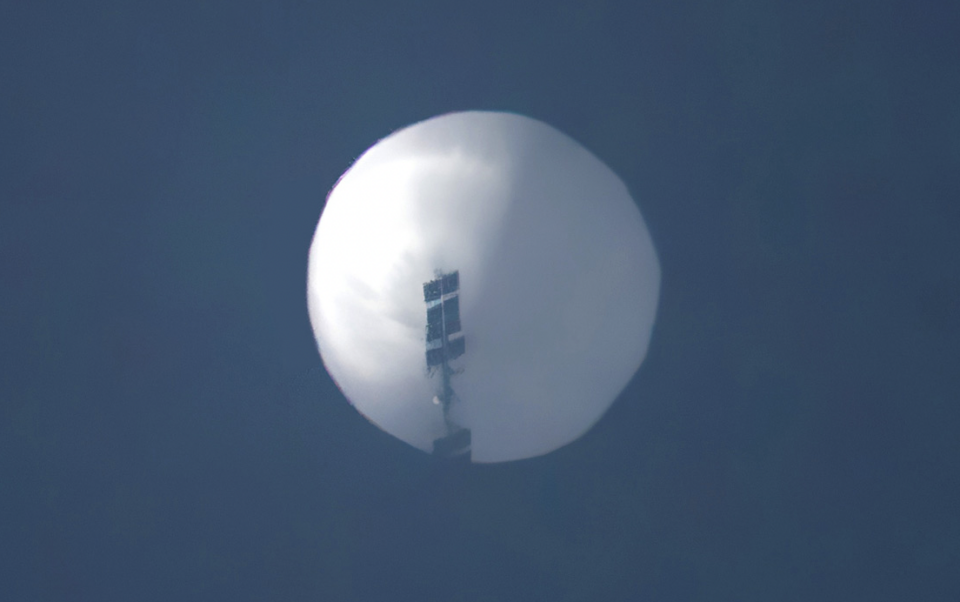A recurring series of enigmatic balloon sightings is sparking a blend of trepidation and anticipation, as a multitude of apprehensive inhabitants scan the skies in hopes of glimpsing these suspended entities thought to originate from a potentially adversarial foreign power. However, this phenomenon is not novel – it echoes historical instances such as the balloon panic of 1892 in Russian-occupied Poland and the renowned Roswell incident of 1947. This presents a recurring motif of humanity’s penchant for attributing novel and inexplicable phenomena to either terrestrial or extraterrestrial agents, often fueled by prevailing geopolitical tensions and cultural inclinations.
As witnessed on a recent Saturday morning in February 2023, the US military’s interception of a Chinese spy balloon off South Carolina’s coast triggered an outbreak of balloon sightings throughout North America. These objects had previously eluded detection due to the focus of NORAD (The North American Aerospace Defense Command) on swiftly-moving entities like aircraft and ballistic missiles. Following recalibrations of their equipment, NORAD began detecting leisurely-moving objects like balloons, thus initiating the present balloon hysteria. Strikingly coinciding with this ballooning fervor is a surge in UFO (Unidentified Flying Object) reports across the United States, with the Mutual UFO Network reporting a significant increase in sightings compared to the previous month. The United Kingdom has also observed a parallel upswing in reported UFO sightings.
While some of these sightings might indeed be linked to espionage balloons or possess scientific relevance, a portion is likely attributable to the proclivity of human perception to misidentify common astronomical, meteorological, or mundane objects. The reliability of eyewitness accounts, especially concerning celestial occurrences, has been long acknowledged to be prone to distortion. This susceptibility is exemplified by historical instances like the misinterpretation of a Russian moon probe’s fiery descent as “flying saucers” in 1968. This inherent fallibility in perception underscores the potential for preconceived notions and prevailing fears to influence observations.
Remarkably, these contemporary sightings mirror historical episodes where balloons, whether real or perceived, have incited nationwide anxieties. This continuum spans decades and includes the Russian-German Balloon Panic of the 19th century, where limited balloon usage fueled speculations of espionage and impossible maneuvers. Similarly, balloon-related scares occurred during World War I, when mistaken star and planet positions were misinterpreted as menacing aerial threats. Even the famed Roswell incident, ostensibly involving a crashed extraterrestrial spacecraft in 1947, underscores the recurring tendency to attribute unexplained occurrences to either nefarious earthly agents or cosmic phenomena.
In this context, the current climate of geopolitical tension and global uncertainty catalyzes a proclivity to interpret novel sightings through the lens of alarm and curiosity. Amidst societal shifts away from traditional belief systems and towards science, narratives of unidentified entities, whether balloon-borne or extraterrestrial, serve as modern myths resonating with a world yearning for intervention and resolution. In reality, a more grounded reliance on scientific exploration and human ingenuity holds greater promise for addressing our shared challenges.

